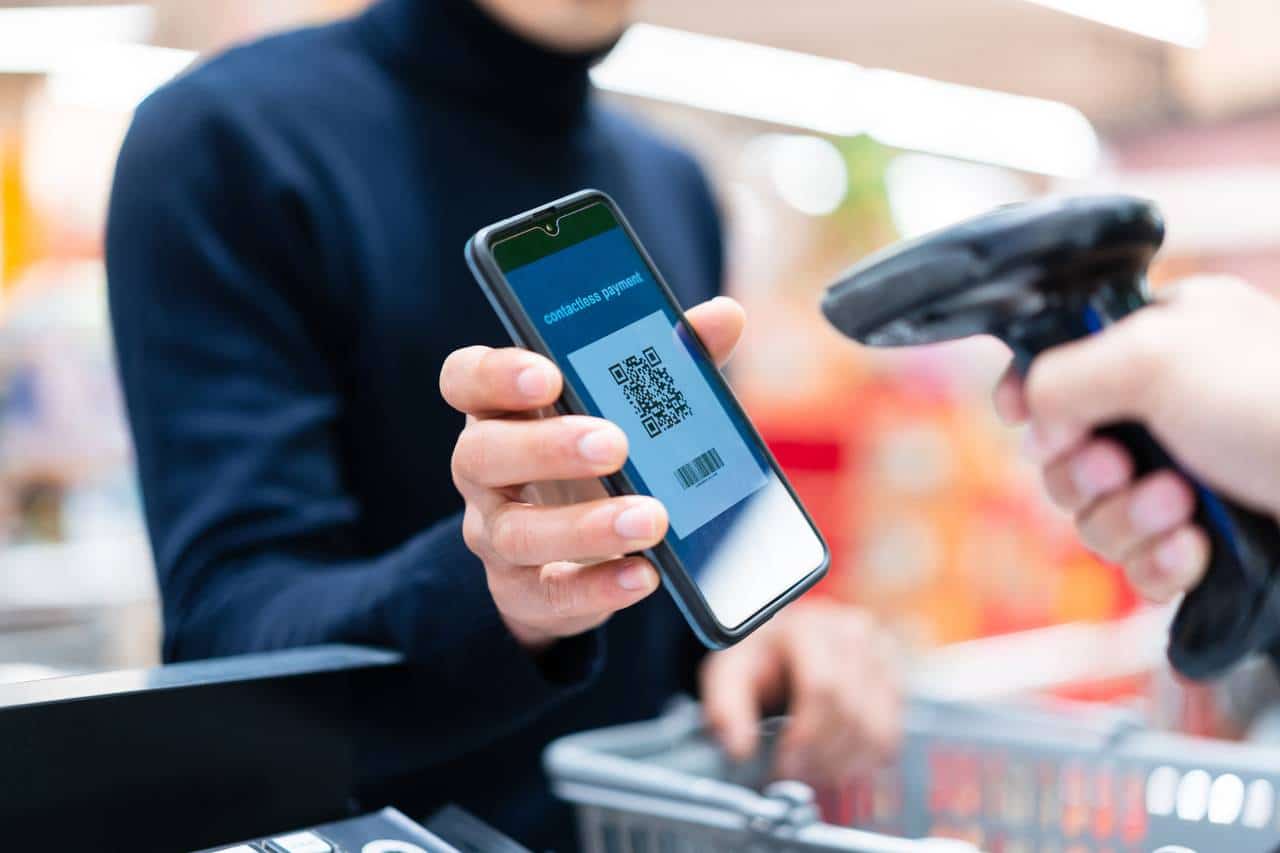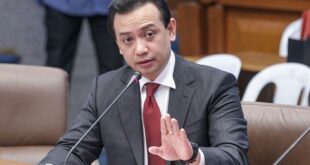
Outgoing Bangko Sentral ng Pilipinas (BSP) Governor Felipe M. Medalla said 42.1 percent of payment transactions have migrated to digital or e-payments as of end-2022, an improvement from 30.3 percent in 2021.
Under the BSP’s Digital Payments Transformation Roadmap, about 50 percent of payments in terms of volume should be digitalized by 2023.
Meanwhile, the share in terms of value of digital payments over total retail payments was at 40.1 percent in 2022 worth $78 billion.
“The latest results show that we are steering in the right direction as we move closer to our goal of converting at least half of total retail payments volume into digital form by the end of 2023,” said Medalla on Saturday, July 1, a day before his retirement on July 2.
Based on the BSP’s latest e-payments data, the 42.1 percent represents the share of monthly digital payments to total monthly retail payments volume in the country. Last year, volume increased by 611.7 million retail payments.
The share of digital transactions in total payments has been growing steadily with both InstaPay and PESONet. Also, more people are using the QR Ph code for payments while all payment service providers still using non-QR PH codes will shift to QR Ph this month.
The BSP was able to migrate more transactions into digital form because of merchant payments, peer-to-peer (P2P) remittances, and business payments of salaries and wages to employees. All of these payment streams are high-frequency and low value retail transactions.
The report on the BSP’s 2022 Status of Digital Payments showed merchant payments continue to lead in the digital payments usage. It increased by 35.6 percent year-on-year. From 1.112 billion transactions in 2021, electronic payments to merchants have reached 1.507 billion in 2022.
Meanwhile, P2P transfers rose by 91.2 percent last year to 299.7 million transactions from 156.7 million in 2021.
Salaries and wage payments also increased by 41.1 percent to 45.1 million from 32 million transactions in 2021.
Medalla said the numbers are consistent with the BSP Financial Inclusion Survey (FIS) Report which also showed an increase in ownership of transaction accounts such as e-money accounts.
“The numbers tell us that the deliberate reforms and initiatives we have been undertaking are responsive to the shifting needs of the public towards more efficient payments services. Since the pandemic, which broadened digital payments adoption and acceptance, the upward trajectory of digital payment usage has been sustained. We need to carry on to maintain this trend, focusing on the overall value-adding experience of using digital payments,” he said.
Based on the BSP’s 2021 FIS, 56 percent of the adult population have financial account ownership, almost double from 29 percent in 2019. The 56 percent is equivalent to 42.9 million of Filipino adults with transactional accounts. About 77.2 million of the total 110 million Filipinos are adults.
On a per use cases, merchant payments’ share in the e-payments volume was 73.7 percent in 2022, while P2P had 14.7 percent and salaries and wages had 2.2 percent share.
Last year, to further increase the use of e-payments, the BSP launched the QR Ph person-to-merchant (P2M) payment facility which was cost-effective since it does not require expensive point of sale or data capture terminals.
Basically, the QR Ph P2M is an interoperable digital payments between customers and merchants even if they maintain accounts with different financial service providers. It may also be used for bills payment in the future.
To help spread QR Ph use across the country, the BSP introduced the Paleng-QR Ph Plus program in mid-2022 with the Department of Interior Local Government to help local government units bring QR Ph to public markets and transport hubs for tricycles.
The BSP also launched Bills Pay Ph in 2022, one of three crucial payment streams to shift 50 percent of all payments into e-payments. The other two — Request-to-Pay and Direct Debit – are yet to be implemented.
Bills Pay Ph enables digital transactions between accounts from different payment service providers by scanning or uploading the QR Ph person-to-biller (P2B) code, or by manually inputting payment details for the non-QR mode of payment.
The BSP’s goal of shifting 50 percent of transactions to e-payments was one of the banner policies of the late Nestor A. Espenilla Jr. that Medalla has committed to fulfill after serving part of his six-year term.
When the BSP started this, only one percent of transactions was in digital form in 2013. By 2018, during Espenilla’s first year as BSP chief, the volume increased to 10 percent and then to 14 percent in 2019.
By the time the pandemic hit the globe and majority of lockdowned Filipinos had no choice but go digital, e-payments further increased to 20.1 percent of all transactions in 2020 and then 30.3 percent in 2021.
“We are well on our way to meeting our target of 50% by 2023,” said BSP Deputy Governor Mamerto E. Tangonan in the report. — Lee C. Chipongian
*****
Credit belongs to: www.mb.com.ph
 Atin Ito First Filipino Community Newspaper in Ontario
Atin Ito First Filipino Community Newspaper in Ontario






